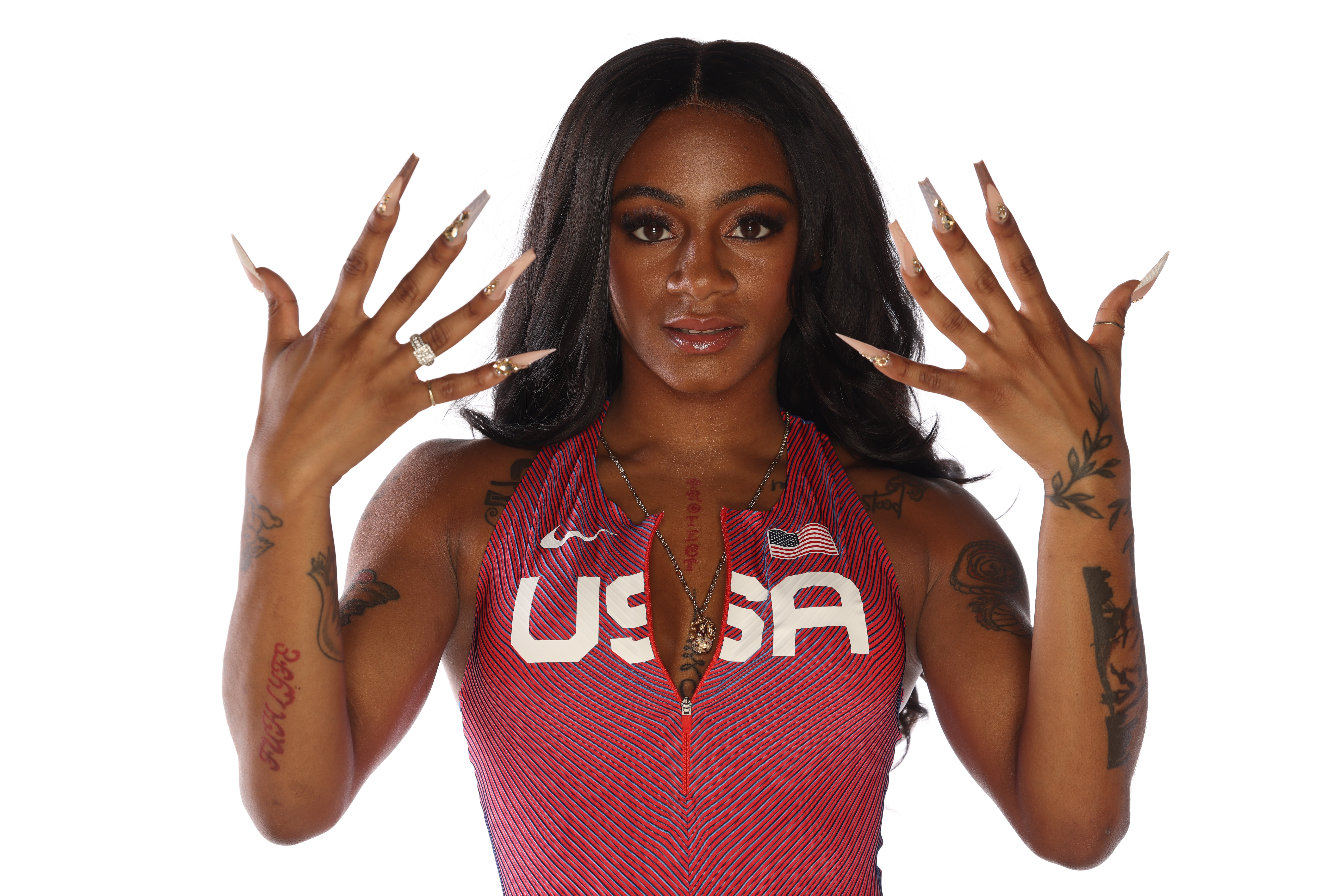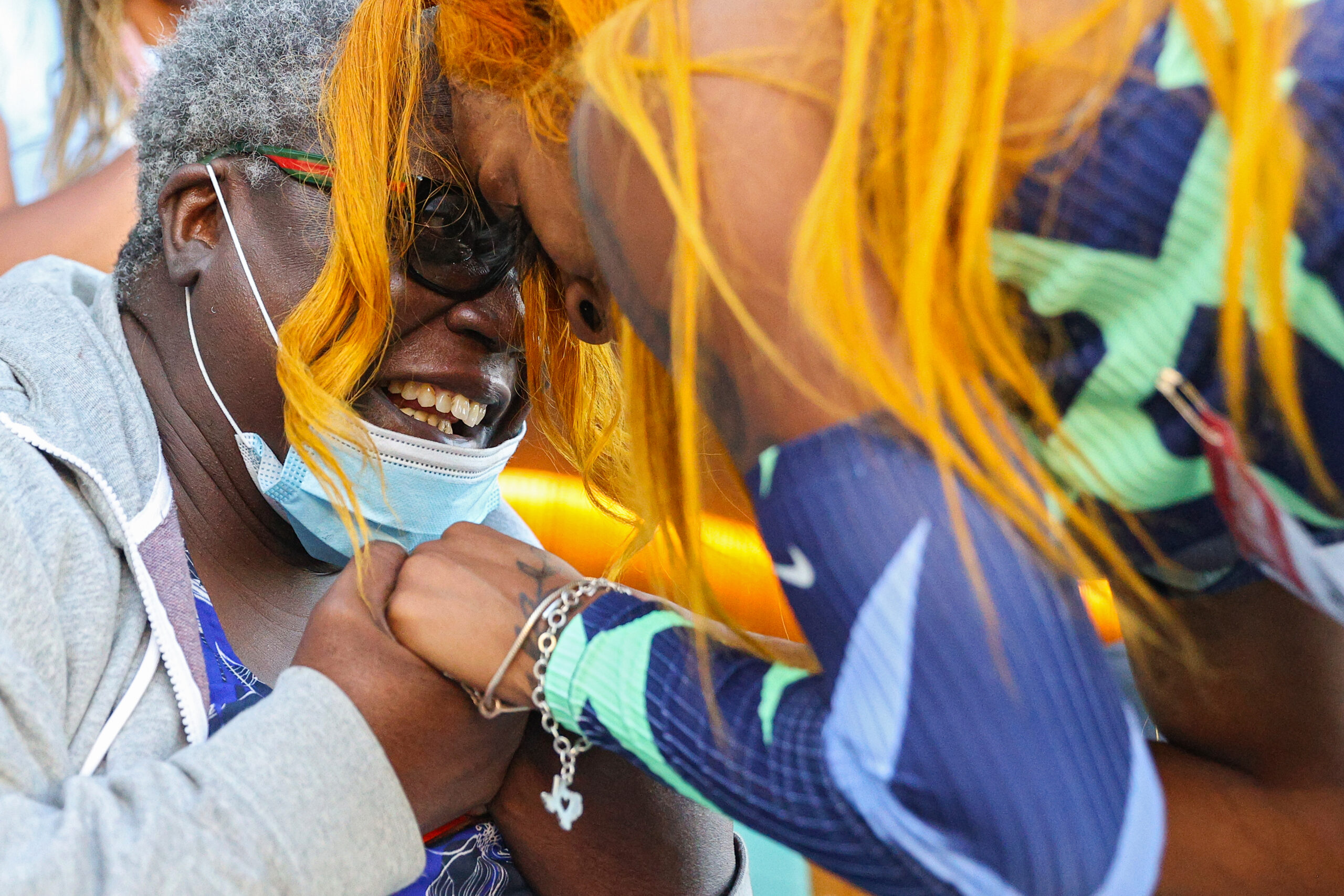Many would like to argue that the Drake-Kendrick Lamar beef is getting dragged out; perhaps there is some truth to this. We live in a time when attention spans are limited to seconds, and scandals rapidly riddle the newsfeed one headline after another. It’s hard to keep track of anything, really. However, this situation is an anomaly when applying Drake’s mother’s 72-hour rule. “My mom said to me, ‘You know what, you’ll go to sleep tonight, you’ll wake up and it’ll still bother you. Then you’ll go to sleep again and you’ll wake up and it’ll bother you a little less. And then on the third day, you’ll wake up and someone else will have done something stupid enough that everyone will forget,’” he once told Zane Lowe.
“That’s the 72-hour rule. I’ve learned to control my emotions for those first two or three days. That’s why I don’t run to social media and start yapping about my anger or my frustration, I let it sit, and it always goes away.” It’s sage advice that clearly didn’t stick in recent years. It, unfortunately, wouldn’t have been effective in this beef had Drake simply ignored the releases of Future and Metro Boomin’s back-to-back albums, We Don’t Trust You and We Still Don’t Trust You, that were practically dedicated to a universal disdain towards the Canadian rapper.
The online discourse and industry chatter probably left pressure on Drake’s shoulders to respond at a time when he admitted to needing a break to prioritize his health. And ultimately, if he didn’t bite the bait, he likely wouldn’t have been able to live this moment down. It was a lose-lose situation, but no one could’ve predicted the avalanche of diss records to emerge in the span of a few days, nor the damage it would inflict on Drake.
Read More: DJ Akademiks Thinks Kendrick Lamar’s Camp Is Too Obsessed With The Drake Beef
But does it really matter? Public perception is easily swayed. Many doubted Drake before “Push Ups,” yet it set the tone for the trajectory of the battle. However, subsequent efforts, such as “Taylor Made Freestyle”, backfired and put an even bigger lens on Drake’s motives as an artist within hip-hop. Is his participation to help grow the culture or leech off it? Questions like these linger in the back of minds these days. Whether or not you’re convinced that “Family Matters” is the best song to emerge from the exchange if only due to his lengthy run-time, numerous targets, and beat switches, you can’t deny that the “Drake stimulus” has decreased in value, culturally and commercially.
A loss of this magnitude never felt feasible for one of the biggest recording artists whose persona has been protected by an invincible shield. That’s especially the case following his bounce back post-Pusha T, where he dominated the summer with hits after effectively throwing in the towel. But, anyone with a working pair of ears could agree that since Scorpion, and maybe even before then, there was a decline in quality in exchange for prolificity. So when Ab-Soul tweeted, “If Drake is the MC I imagine he can be, redemption is not off the table,” it didn’t immediately feel like some sort of ulterior motive to bait Drake or even a shot from the opposing team. Ab-Soul’s analysis felt like one of a rapper’s rapper and a student of hip-hop. After all, it didn’t take long for old tweets to surface of Ab-Soul singing Drake’s praises over a decade ago.
So, it seemed rather odd for B. Dot to respond to Soul’s tweets, writing, “The disrespect is disturbing.” “Disturbing” more accurately describes the allegations that both Kendrick Lamar and Drake dished at each other. But, B. Dot later clarified that he felt a type of way about the “condescending” tone of Soul’s comments before arguing that Drake has played a vital role in hip-hop for the past decade. “It’s backhanded praise! rap game caught amnesia the past two months,” B. Dot wrote in response to Soul claiming that Drake “could never Fucc wit da Gang ‘Nem on sum rap shyt.”
Let’s be real: Drake’s place in history is cemented. You nor I could ever strip that away from him, and the music he’s made plays a defining role in how hip-hop and pop music overlapped in the past decade. Not to mention, he’s also been a connective tissue between hip-hop and R&B for just as long. Despite this beef, Drake reportedly maintained his position as the highest-streamed artist on Spotify in June.
At the end of the day, that’s Drake’s greatest strength: creating accessible music for the masses that could be enjoyed in any setting. He’s become a ubiquitous force in hip-hop who hasn’t let his foot off the gas in the past 15 years. Within that time, he’s already set scary precedents that have become norms, whether the allegations of using a ghostwriter or the AI Tupac verse from “Taylor Made Freestyle.” For clarity, the issue isn’t about the collaborative process behind his songwriting prowess; we know he can write when he wants to. It’s ultimately about his perceived respect towards the craftsmanship and those who’ve laid the foundation of his success. Spinning a G-Unit chain in a music video or spending $1M on Tupac’s ring feels more sinister in retrospect.
Read More: Drake Fans & Haters Alike Are Having A Field Day With His New Camila Cabello Collabs
So, whether Ab-Soul was being condescending or B. Dot’s simply stunned to see Drake’s fall, it was an inevitable outcome for an artist who has oversaturated the market with his presence and spread himself thin. Akademiks, Capella Grey, or anyone else can claim that Drake is about to light up the summer with a banger, but for that to happen, he’ll need to revamp the secret formula. That in and of itself takes time. It’ll take longer than 72 hours to forget the irreparable damage done to his career in the past two months but the best thing for Drake to do is keep to his original plans and take time away from the public eye. Without allowing himself to be missed, Drake fatigue will persist on a mass scale.
[Via]
The post B. Dot Is Easily Disturbed, Apparently: Ab-Soul Sees Redemption Arc Amid Drake Fatigue appeared first on HotNewHipHop.

 miller (@bdotTM)
miller (@bdotTM) 
